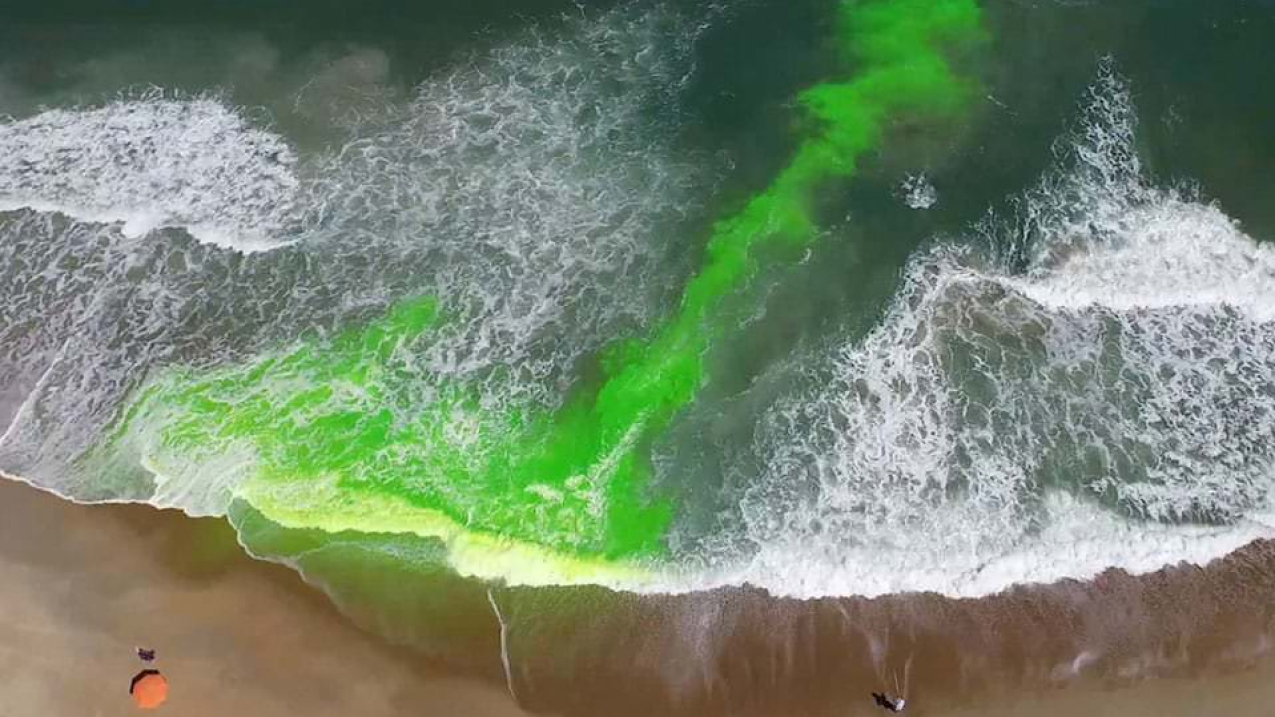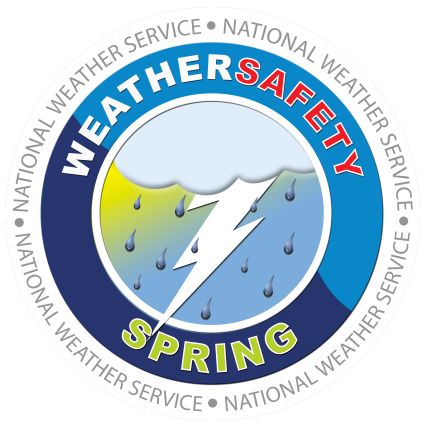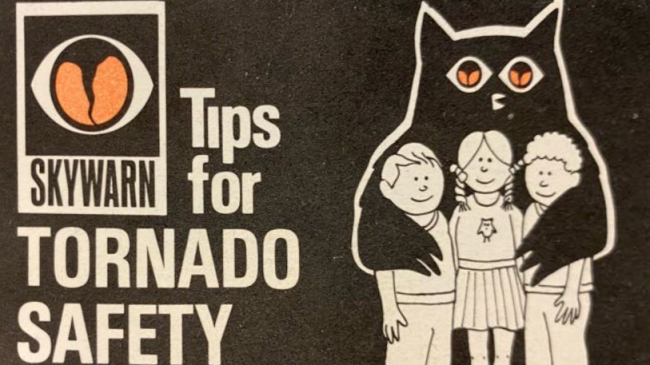Get ready for the change of seasons with safety tips, videos and infographics

This image shows a rip current using a harmless green dye. Rip currents are powerful, narrow channels of fast-moving water that are prevalent along the East, Gulf, and West coasts of the U.S., as well as along the shores of the Great Lakes. Moving at speeds of up to eight feet per second, rip currents can move faster than an Olympic swimmer. Remember: If caught in a rip current, swim parallel to the beach to escape the current. (Image credit: NOAA National Ocean Service)
You’ve probably heard the saying “April showers bring May flowers.” But spring — often associated with warmth, blooming gardens and the promise of summer — can pose threats beyond damp days and rainy nights.
NOAA’s National Weather Service (NWS) is committed to protecting human life and property, and spring hazards can put both at risk. That’s why NWS releases its spring safety campaign each year on March 1, the start of meteorological spring.
Two key areas of focus for our spring 2024 safety campaign are tornadoes and rip currents. If a tornado poses a threat to your community, especially during the night, are you prepared? Heading to the beach? Find out what to do if you or a loved one are caught in a rip current.
Plan for these spring hazards and others by visiting our 2024 spring safety campaign site.
Have a great (and safe!) spring!




